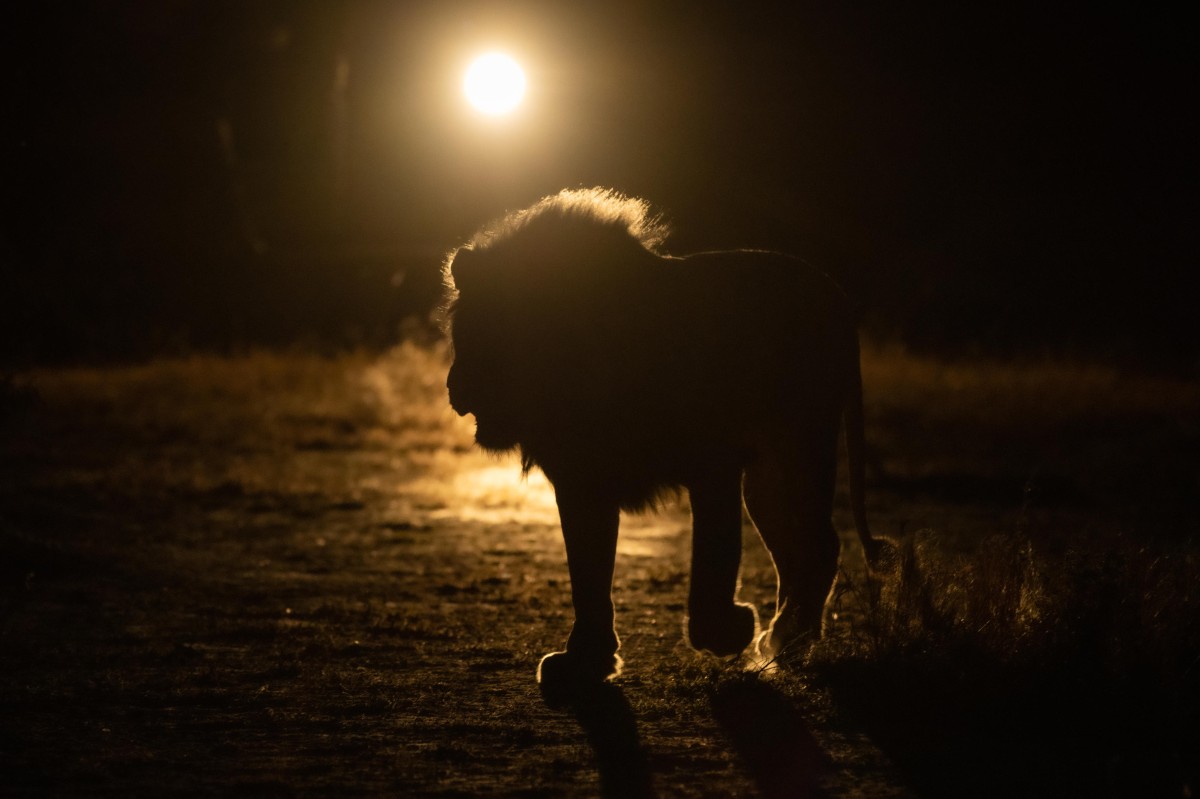Play all audios:
Lire en français Lions tend to use roads more often when the moon is full or during dry seasons. This man-made infrastructure allows them to more easily move around and to cover larger areas
more quickly, according to a paper in _Global Ecology and Conservation_. It found no difference between how often lions used roads or crossed paths during the day or at night, but usage
varied up to 63% according to the moon phases, and up to 82% between seasons. Prey such as migratory wildebeest and zebra are less common during the dry season, and the big cats have much
less success in hunting when the moon shines brighter. “They use roads to improve their travel efficiency between foraging opportunities,” explains lead author Stanslaus Mwampeta, an
ecologist on the Grumeti and Ikorongo game reserves, on the western side of the Serengeti ecosystem in Tanzania. Tour operators offering night drives and conservation teams travelling in the
evening through wildlife areas should take this into account, to prevent collisions and potential fatalities, he says. For Mwampeta’s research, part of his PhD studies at the Norwegian
University of Science and Technology (NTNU), 18 lions in the Maswa Game Reserve of the Tanzanian Wildlife Management Authority were fitted with GPS collars for two years. He says that
reliable lion population estimates are vital to help improve their effective management, and to inform local and international conservation policies. Lion numbers across Africa have declined
by around 43% since the 1990s. According to a 2023 review paper in _Mammal Review_, the best lion estimates are obtained by using direct observation methods. This includes
capture-recapture, remote cameras and call-in surveys, when big cats are lured by broadcasting the sound of prey species such as zebra. The analysis of genetic samples is also valuable. He
says that any assumptions that road use by lions is constant are “questionable”. Researchers who use the pawprints they see along roads to gauge numbers of lions in an area should take into
account factors such as the time of year and moon phases. The presence of humans in an area also plays a role, Mwampeta showed in a 2021 paper in _Scientific Reports_. It reported that fewer
lions and hyenas are typically spotted near human settlements bordering protected areas, as prey species tend to forage further afield.

